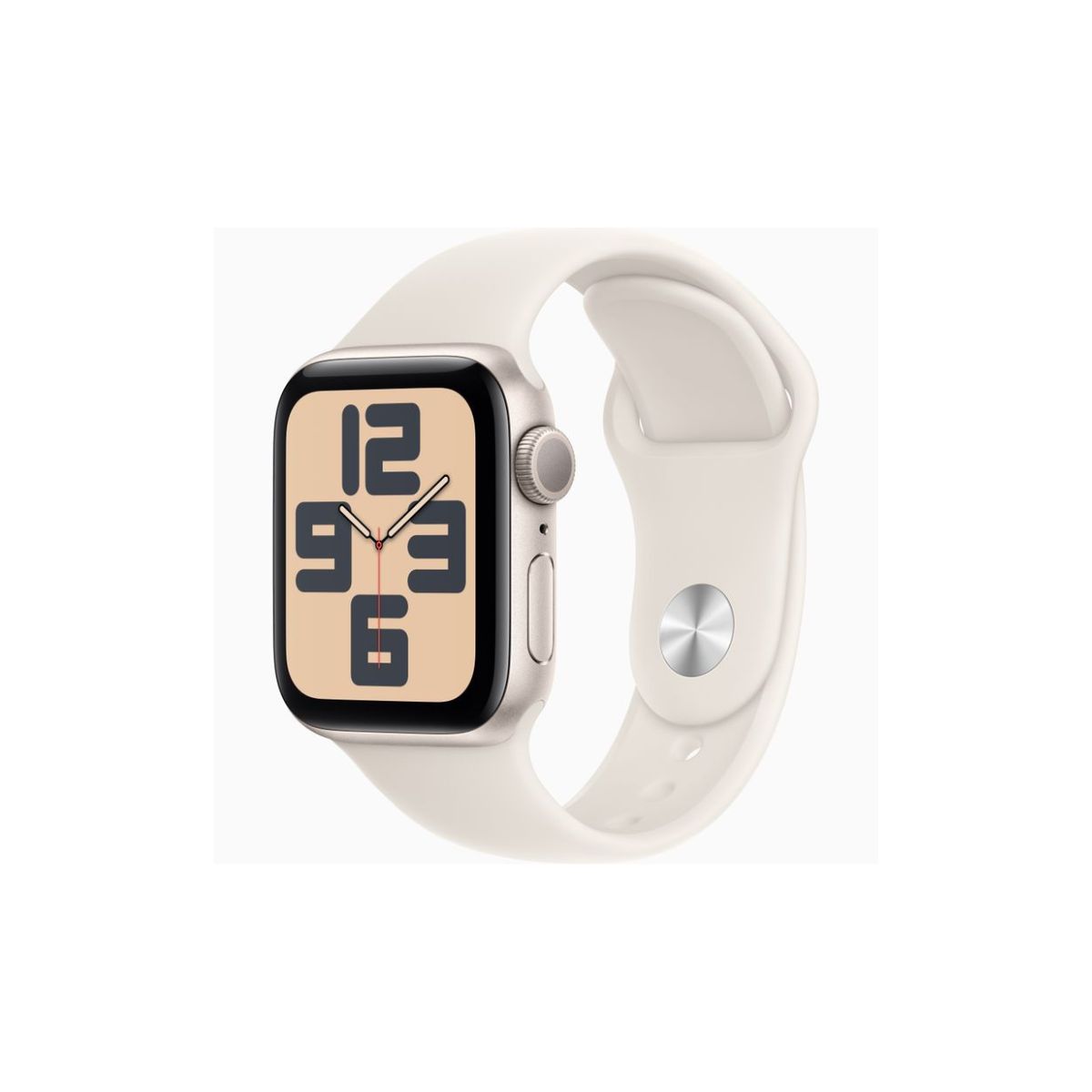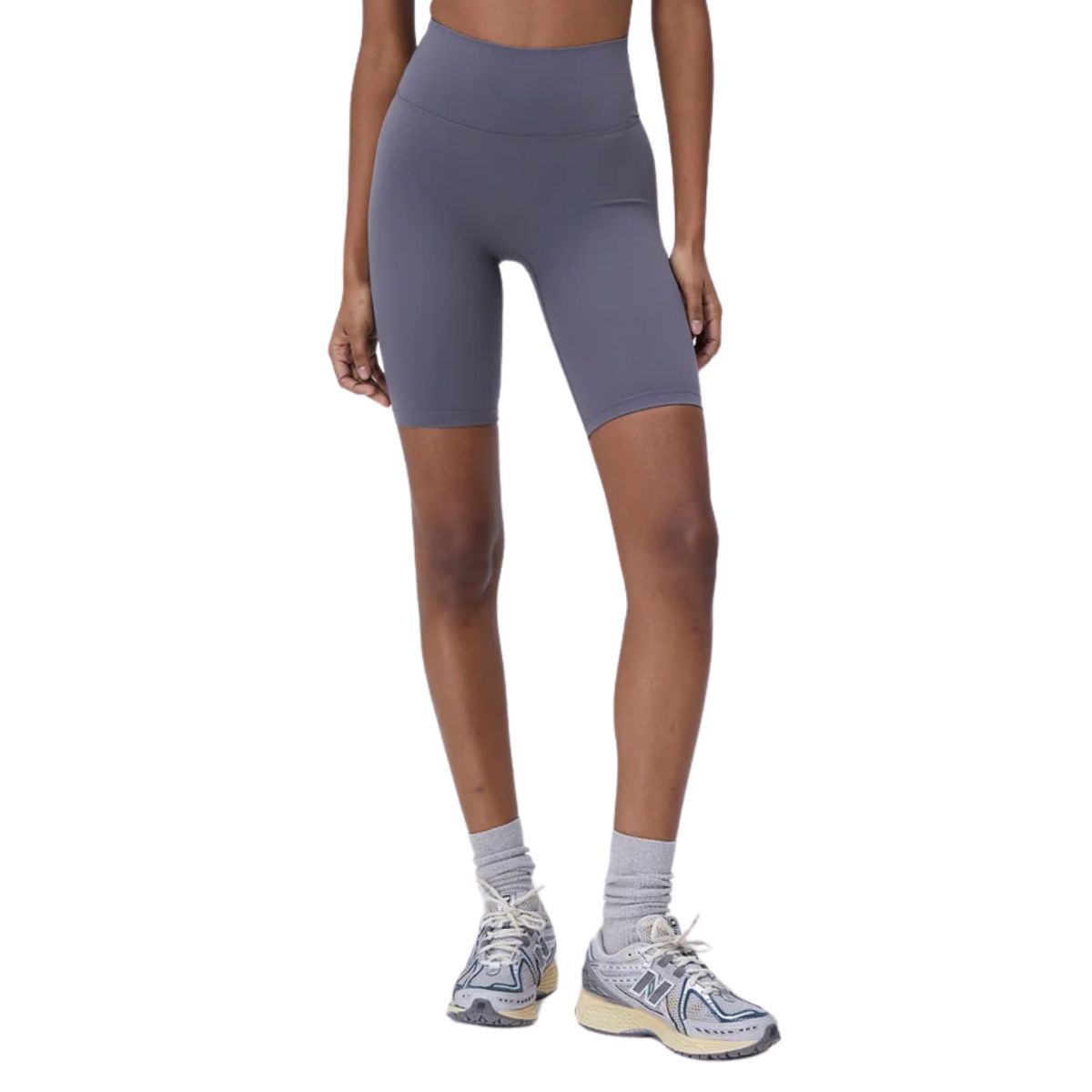Keen To Up Your Step Count Now the Sun's Out? This Simple Formula Makes It Easier Than Ever
Expert-backed ways to help you take a step in the right direction.


Ever wondered: how to up your step count? Having been working from home for the past five years, where my "commute" to the office involves walking from one room to another, my step count - or sometimes lack of - is something I think about daily. But with May being National Walking Month (and the sun deciding to shine), you could say that there’s never been a better time to head outside into the great outdoors.
It will come as no surprise to hear there are many (many) benefits of walking. For example, a 2023 article found that walking can result in increased aerobic fitness, decreased body weight and a lower body mass index (BMI). Research has also shown that putting one foot in front of the other can improve adults’ moods, sense of optimism, and mental well-being, while mitigating stress and anxiety.
So, how many steps should we be doing? In days gone by, 10,000 steps a day was often seen as the benchmark to hit. But as Louise Robbins explains, who is the strategic lead for walking at Greater Manchester Moving and Greater Manchester Walking Festival, this guidance relates to a marketing campaign dating back to the 1960s.
Instead, more recent data, which is backed by science, like this meta-analysis and this research study from the University of Granada, suggests that anywhere between 4,000 steps and 8,000 steps will give you more bang for the buck.
So, while Robbins agrees that we should all be moving more, the walking expert does mention that your step count shouldn’t be something you should get bogged down by. “We should just move more, and make choices to move regularly throughout the day, including going outside and walking if we can, or moving on the spot, getting up from being seated more often,” she says. “Reduce time sitting, and your step count will increase without the need to count it.”
For more tips on how to up your step count, keep reading. We enlisted the help of walking gurus who shared their top tips on how to increase your step count in a manageable way.
And while you're here, take a moment to discover the rest of our walking articles. From indoor walking workouts and power walking to the top indoor walking challenges. Do also check out what happened when we tried the 6-6-6 walking challenge, walking 8k steps every day for a week, and the best walking pad workouts to do from home.
Celebrity news, beauty, fashion advice, and fascinating features, delivered straight to your inbox!
Walking workouts promise to boost both body and mind – how to up your step count, according to experts
What is a step count?
In its simplest form, a step count is the total number of steps a person takes over a specific time period.
“It’s a measure to gauge how active a person is usually daily,” explains Luiz Silva, group fitness and wellbeing manager at The Club Company, Castle Royle and a level 4 personal trainer. “It’s been widely publicised and is a measure that most electronic devices will report on nowadays, such as your smartwatch and phone,” the expert adds. It is also a way of being active and tracking activity that doesn’t necessarily involve going to a gym or a specific sporting facility.”
What step count should you aim for and why?
Generally speaking, how many steps you should aim for will depend on each individual. “The goals should be personal to where you’re at, and people’s motivations will differ,” confirms Robbins. “Personal targets, competitions with family, friends, colleagues can be helpful, but not for all.”
Back in the day, 10,000 steps was seen as the golden number to aim for. But, as we know now, this metric was based on a 1960s marketing campaign.
More recent suggestions, which are backed by science, have shown that anywhere between 4,000 to 8,000 steps a day could give you more bang for your buck.
For example, a meta-analysis, which compared the association between the number of steps per day with all-cause mortality, found that racking up 3,867 steps could help you lead a healthier life, while significantly reducing the risk of all-cause mortality.
A 2021 research article found that 7,000 steps were the minimum recommended level of steps for older adults, as it proved to be ‘beneficial for maintaining or increasing older adults’ lower-extremity performance’ (i.e the functional ability of the legs and feet, including balance, walking speed, and muscle strength).
Whereas more recent research from the University of Granada, which was published in 2023, suggests that 8,000 is the target to hit to “significantly reduce the risk of premature death”.
Therefore, as Silva confirms: “If someone is really inactive, they can start with a lower count and progress this during a period of time. On the other hand, if someone is very active, they may need to aim for a higher step count. As with most fitness regimes, a personalised approach is best.”
Who should be aiming to hit their step count?
In the eyes of Silva: “Everyone should be aiming to hit their total step target, however, it is more important that sedentary people do so, as it’s a relatively easy way to help them improve their fitness.”
But more specifically speaking, Matt Fleekop, a certified strength and conditioning specialist) and Future coach, says that walking can be “especially” powerful for anyone feeling fatigued, stressed, or stuck in a sedentary loop. “Walking helps regulate blood sugar, lifts your mood, clears your mind, supports your joints, and improves cardiovascular health over time,” he says. “And you don’t need to hit 10K steps every day to feel the difference.”
Top tips on how to up your step count
1. Plan ahead
Sometimes, when you've already got work, friends and family to keep up with, doing things for you, like moving more, can sometimes fall to the wayside.
Which is why Silva suggests planning when to walk. “For example, wake up before work and go for a walk or walk to work if you can. Or, schedule four 15-minute breaks in the day to go for a walk."
2. Small and steady
Heard of exercise snacking? This concept is all about incorporating short, frequent bouts of exercise throughout the day. And these short bursts of exercise during your 9 to 5 could help you increase your steps (and better your health!).
“Do it in small bouts during the day at a faster pace as this will ensure a more suitable intensity and yield better results like improved cardiovascular fitness,” Silva says.
3. Routine is everything
When it comes to your fitness goals, routine is important as it can help you build consistency, which, in turn, helps you stay committed to your movement.
“Try to get into a routine, as it will then become a habit and happen more naturally (like brushing our teeth)," Silva says.
4. Grab a friend
Let’s face it: how much nicer is it to walk with a friend (and perhaps not even realise you're ticking off two things at once) rather than by yourself? “A ‘step-buddy’ will create more accountability between both parties, resulting in better consistency and accountability," Silva says.
5. Plan some nice routes
Walking doesn’t have to be boring! Silva says: “Whenever possible, try to plan some nice routes (you can’t beat the British countryside). Download some nice music or a podcast and enjoy it!”."
6. Anchor it to something you already do
Instead of creating a new habit (which is hard enough), why not just amend one you’ve already got?
“Pair your walk with a daily habit you already enjoy like sipping your morning coffee, taking a lunch break, or winding down with a podcast in the evening,” Fleekop says. “It turns walking into an easy, automatic part of your day instead of another “task” on your list.”
In 2025, this is often referred to as habit stacking, which is essentially the art of ingraining a new behaviour by "stacking" it onto an existing behaviour.
@_erickataylor_ How to hit that step count 🤌🏼
♬ Groovin' - The Young Rascals
7. Take calls or meetings ‘on tour’
Want to walk but have a video call to jump on? Or are you keen to catch up with a friend? Why not do both on the move?
“You’d be surprised how many steps you can sneak in while chatting,” Fleekop says. “Plus, it helps you feel more energised and present in the moment.”
8. Use time-based goals, not just step based
In a world where wearable tech can track just about everything, it can become common practice to be consumed by the number of steps you have (or haven't taken).
“Instead of obsessing over hitting a specific number of steps, try aiming for 20 to 30 minutes of walking a day,” Fleekop adds. “It’s more manageable, feels less like pass or fail, and the steps will naturally follow.”
9. Leave your shoes by the door
From being time poor to feeling low on motivation, there can be many barriers to fitness. But one small adjustment you can make to help you make increasing your step count that little bit easier is placing your shoes by the front door.
“When your shoes are out and easy to grab, you're way more likely to just go,” Fleekop says. “No mental gymnastics. This creates an environment for you to just slip them on and step out. Success.”
10. Treat yourself
“A new pair of stylish sneakers or some athleisure can boost motivation," Fleekop says. "Call it fashion-meets-fitness. And hey, you deserve to feel good doing it.”
The brilliant thing is, you certainly aren't stuck for choice when it comes to the best walking boots or the top hiking boots.
Shop Marie Claire UK's go-to walking kit:

While you could just use your smartphone to keep count of your steps, to help you track your movement more accurately, this is where a smart watch comes into its own. I've been using my Apple Watch SE for years, and it's yet to let me down. Along with clocking your steps, it will tell you the distance you've walked, how many minutes of exercise you've done, and it will give you a gentle nudge to stand or 'close your rings'.

Now that the sun has decided to shine, it could be time to switch out your leggings for something more breezy, like a pair of bike shorts. Coming with a compressive active fit, these walking additions are smoothing and sculpting and better yet, they're made from 70% recycled polyamide, 30% elastane.
Roughly how many steps is a 30-minute walk?
“This is dependent on a person’s stride length and their walking speed,” Luiz Silva, group fitness and wellbeing manager at The Club Company, Castle Royle and level 4 personal trainer, says. “Usually, a moderately paced walk will give you around 100 steps per minute, so in 30 minutes you’ll get around 3,000 steps.”

Rebecca, or Becks, is a freelance journalist with more than ten years of experience in the industry. She specialises in all things health and lifestyle and has written for a number of brands including Women's Health, Stylist, the Evening Standard, Good Housekeeping, The Telegraph, Live Science, Tom's Guide and Fit&Well. Becks also writes copy for a number of brands and small businesses.
When she's not weight training, tracking down the best gym leggings, reading a book or at her desk typing away, you'll find her in the kitchen perfecting a new recipe or bake.
